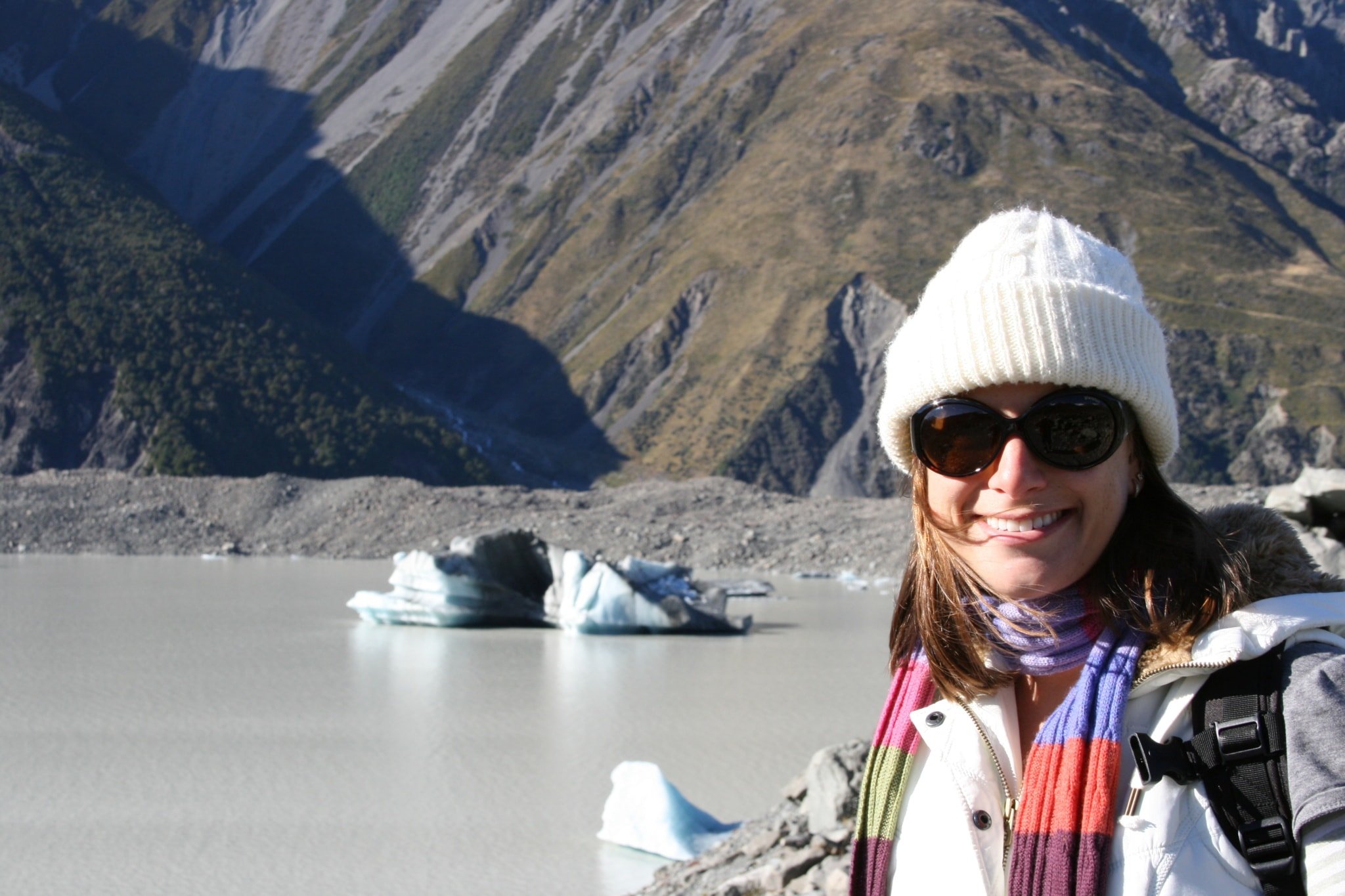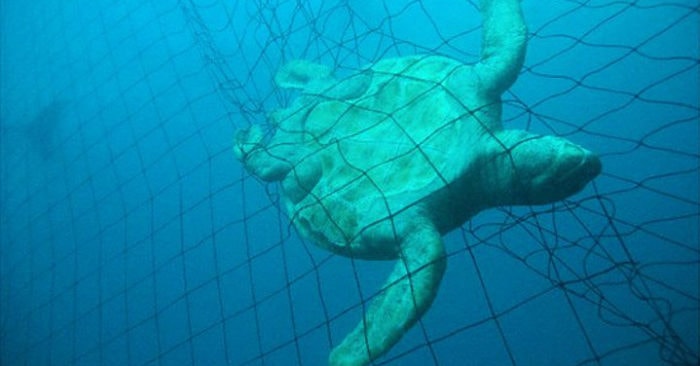Shark nets: Protecting us or just harming sharks?

Dr Blake Chapman
Dr Blake Chapman

IT’S WINTER IN Australia, and that means… humpback whales!
Every winter, the east coast of Australia celebrates this highly anticipated annual migration as a show of the majesty of nature. However, whales that travel through Queensland waters are met with an additional challenge: shark nets.
Last week saw the first – and unlikely the last – whale of the season become entangled in a net off of the Sunshine Coast. Luckily, this whale was freed and released alive.
Clearly a threat to iconic wildlife, what is the purpose of shark nets?
These devices, also known as shark mesh nets and beach mesh nets, are used in a few places around the world to reduce the likelihood of humans being bitten by sharks.
They form part of the bather protection strategies of Queensland, New South Wales and KwaZulu-Natal, South Africa.
They were first introduced in New South Wales in 1937, then Durban in 1952 and finally Queensland in 1962. Other regions have also trialled nets, but they have not stuck as permanent solutions to the problem anywhere else.
The Queensland shark netting program, which forms part of the state’s Shark Control Program, is by far the largest and most extensive. Notably, it is also the only one that operates year-round.
Both New South Wales and South Africa have recognised the immense killing capacity of these nets, and as a result, remove them during critical migrations.
The nets in New South Wales are only deployed from September through April each year to avoid entangling humpback whales as they migrate. Similarly, the KwaZulu-Natal nets are removed every June and July, when the annual sardine run takes place.
History has shown that nets set in this area during this time of the year resulted in mass mortalities to the sharks and dolphins that followed the sardines; the benefit of the nets compared to wildlife cost during these times simply could not be justified.
What are shark nets?
Shark nets are submerged fishing nets with a mesh size of around 50-60 cm. They do not form a complete barrier for bathers. Instead, the nets used in Australia are usually between 150 and 190 m long and around 6 m high.
In most locations, they are set in 10-14 m of water. The nets are usually suspended somewhere in the middle of this depth range, meaning that they don’t reach the surface and/or bottom of the water.
Net operation is usually handled by external contractors, who check the nets every two to three days (weather permitting), and carry out any maintenance required.
No bait is used to attract sharks to the nets. However, some argue that as soon as an animal becomes caught in a net, it could attract sharks to the area. Otherwise, the nets just rely on sharks swimming into them and becoming entangled.
The purpose of the shark nets is to help prevent the risks sharks pose to humans by reducing shark populations.
The New South Wales and Queensland nets have killed tens of thousands of sharks, each.
One of the bigger issues with the nets, though, is the non-selectivity of this fishing method. Hundreds of other species of marine animals are also caught and killed by shark nets, including sea birds, whales, dolphins, a wide variety of fish and rays, marine turtles and even crocodiles.
Up to eight humpback whales have been entangled annually in the Queensland nets in recent years. Sadly, most of the animals entangled in nets drown, while others may suffer severe and lethal injuries.
Also, sharks that are otherwise protected by national and international legislation, like grey nurse sharks and white sharks, are killed each year by the nets.
The nets are considered to be such a threat to species conservation, that they are included as a key threatening process in the New South Wales Fisheries Management Act 1994.

Turtles, dugongs and other protected species often find themselves entangled in shark nets. (Image credit: Coastal Watch).
Do shark nets work?
The multi-million-dollar (annually) question is: do shark nets actually help to keep water users safe?
Unfortunately, this question is impossible to answer – which is probably why the governments continue to spend such extraordinary amounts of money on the programs.
Because the shark nets have been used for so long, it seems they have sort of just become part of the background, at least in Queensland.
Managers stand behind by their effectiveness, often quoting statistics of few fatalities at protected beaches. However, shark bite statistics also show that bites, in general, are extremely rare.
It simply cannot be guessed if a shark bite would have happened, had the situation been different (like if shark nets were not in place), or vice-versa.
Frustratingly, you can’t even compare events that have happened between adjacent beaches, since these beaches would be influenced by different environmental factors and even minor differences can have major effects on how sharks move and behave in an area.
So, the whole thing is just really tricky.
The main evidence that suggests that shark nets are not effective in preventing bites on humans is that around 40 per cent of sharks are caught on ‘wrong side’, or beach side of nets.
This says that sharks do come in close to the shore at these popular swimming locations, but then leave – only to get caught on their way back out to sea.
The other piece of information against the effectiveness of nets is that some of our most (potentially) dangerous species of sharks are highly migratory.
They don’t tend to stick around in a place for very long, suggesting that localised culls would not afford much protection to swimmers.
Where to go from here
Ultimately, shark net technology is really out-dated.
The efficacy of these nets is highly questionable, whereas the excessive mortalities they cause is obvious.
More so, it is clear that having the nets in place during major annual migrations, like what we are seeing now with the humpbacks passing through Queensland waters, can lead to unjustifiable animal mortality.
The technology available for lessening the risk of shark bites to humans has come a long way since the 1930s, and there are far better options.




